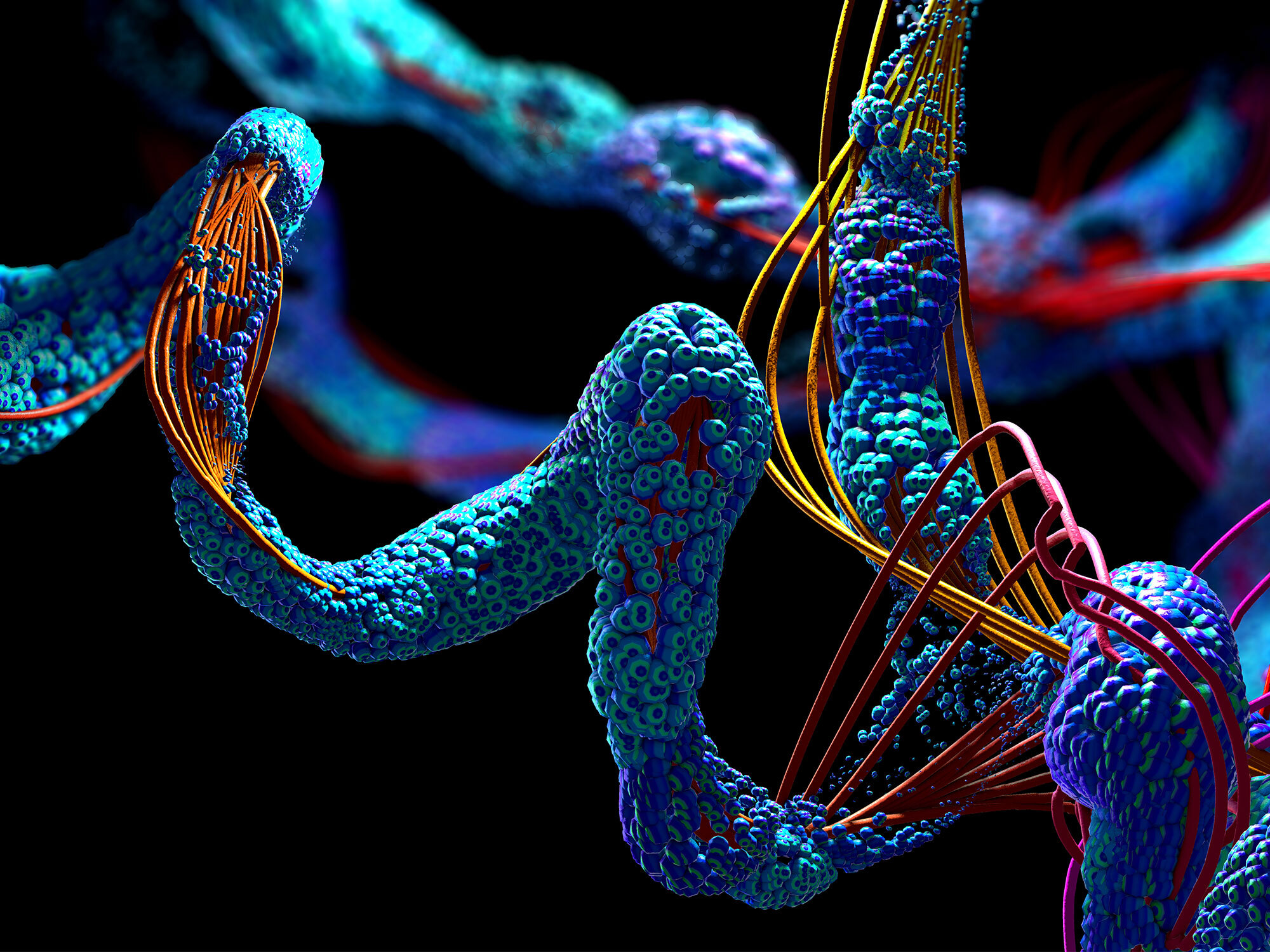
Why Proteins?
Why we like proteins?
7 out of 10 top selling drugs are proteins!
We now have the human genome (25000 genes). What we need now is the structure of 2,000,000 proteins. This knowledge will be the periodic table of biochemistry.
Classical methods of determining protein structures are extremely expensive and time consuming:
Single Crystal X ray Diffraction (Approximately 130,000 protein structures determined thus far)
Disadvantages are many:
- Not all proteins can be crystalized. Protein crystallization is the major bottleneck.
- Protein structure determination requires about 100 mg of pure protein and 1 year of work for a small team.
- It is time consuming laboratory work.
- It is possible to get more than one state of a protein in a crystal
- Many researchers must use Argonne National Lab to use their Advanced Photon Source
Nuclear Magnetic Resonance (Approximately 14,000 protein structures determined thus far)
Disadvantages:
- It is an expensive technique because the protein has to be enriched with radionuclides by feeding 15-N labeled Ammonium Chloride and 13-C labeled Glucose to bacteria.
- Labeling is not always efficient.
- NMR spectrum of biomolecules with large molecular weight is very complicated and difficult to interpret.
Cryo Electron Microscopy (Explosive growth, however, approximately 8000 thus far)
Disadvantages are many:
- $5M initial capital and $500,000 annual operating costs may be required.
- Structure determination of biological macromolecules is limited to large complexes or low-resolution models.